I am trying to create a figure in R. It consists of the contour plot of a bivariate normal distribution for the vector variable (x,y) along with the marginals f(x), f(y); the conditional distribution f(y|x) and the line through the conditioning value X=x (it will be a simple abline(v=x)). I already got the contour and the abline:

but I don't know how to continue.
Here is the code I used so far:
bivariate.normal <- function(x, mu, Sigma) {
exp(-.5 * t(x-mu) %*% solve(Sigma) %*% (x-mu)) / sqrt(2 * pi * det(Sigma))
}
mu <- c(0,0)
Sigma <- matrix(c(1,.8,.8,1), nrow=2)
x1 <- seq(-3, 3, length.out=50)
x2 <- seq(-3, 3, length.out=50)
z <- outer(x1, x2, FUN=function(x1, x2, ...){
apply(cbind(x1,x2), 1, bivariate.normal, ...)
}, mu=mu, Sigma=Sigma)
contour(x1, x2, z, col="blue", drawlabels=FALSE, nlevels=4,
xlab=expression(x[1]), ylab=expression(x[2]), lwd=1)
abline(v=.7, col=1, lwd=2, lty=2)
text(2, -2, labels=expression(x[1]==0.7))

